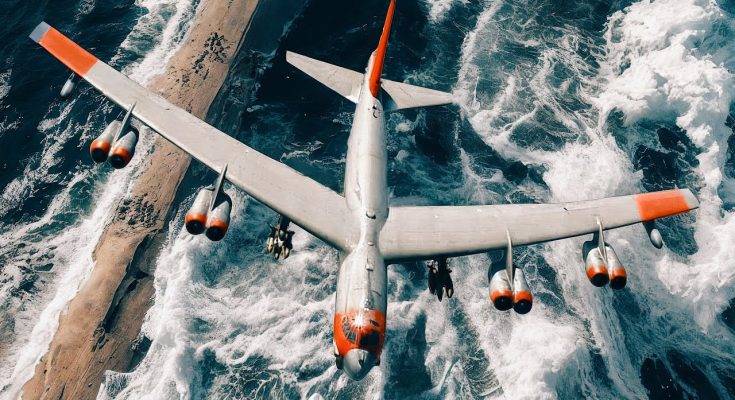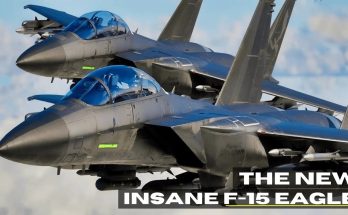B-52 Stratofortress: 70 Years of Power & The History of U.S. Giant Bombers from WWII to the Cold War
The B-52 Stratofortress is one of the most iconic aircraft in military history, renowned for its longevity and power. Designed during the early days of the Cold War, this heavy bomber has been in continuous service for over 70 years, making it a cornerstone of the United States Air Force (USAF) and a symbol of American air power. Its legacy is intertwined with the history of U.S. giant bombers, which began during World War II and evolved through the Cold War.
The development of large, long-range bombers can be traced back to the 1930s and 1940s when the United States military sought to gain an advantage in global conflicts. During World War II, aircraft such as the B-17 Flying Fortress and the B-29 Superfortress revolutionized strategic bombing. The B-17 was known for its role in the European Theater, while the B-29 played a crucial part in the Pacific Theater, most notably in the dropping of atomic bombs on Hiroshima and Nagasaki. These bombers set the stage for the next generation of strategic aviation, emphasizing long-range capability and payload capacity.
After WWII, the Cold War began, and with it, the need for even more advanced and versatile bombers. The B-52 Stratofortress was developed by Boeing in the early 1950s to meet these needs. Designed to carry nuclear weapons and fly long distances, the B-52 could carry up to 70,000 pounds of bombs and travel at speeds of over 600 mph. Its range and payload capabilities were unparalleled at the time, and it was built to withstand the challenges posed by the emerging threat of Soviet air defense systems.
The B-52’s role in the Cold War was critical. It became a key component of the United States’ nuclear deterrent, able to deliver nuclear payloads on Soviet targets in the event of a conflict. Its ability to fly at high altitudes and be refueled in flight allowed it to remain on standby for extended periods, ready to strike at a moment’s notice. The concept of “Mutually Assured Destruction” (MAD) hinged on the B-52’s ability to deliver nuclear retaliation, making it a critical part of the U.S. strategic defense posture.
Throughout the Cold War, the B-52 underwent several upgrades to keep pace with changing technology. It was equipped with more advanced avionics, updated engines, and new weapons systems, ensuring it remained relevant even as the nature of warfare evolved. The aircraft also proved its versatility in conventional combat, participating in numerous conflicts, including the Vietnam War, the Gulf War, and operations in the Middle East, demonstrating its ability to carry out both nuclear and conventional bombing missions.
The B-52’s continued service today, 70 years after its first flight, speaks to its remarkable design and adaptability. Despite the advent of more advanced aircraft like the B-2 Spirit and the B-21 Raider, the B-52 remains a key asset in the U.S. Air Force’s strategic bomber fleet. Its longevity is a testament to the foundational role that giant bombers have played in U.S. military history, beginning with the early World War II bombers and continuing through the Cold War’s tense standoff with the Soviet Union. The B-52’s combination of power, flexibility, and reliability ensures it remains a symbol of American air dominance and a vital component of global security.



